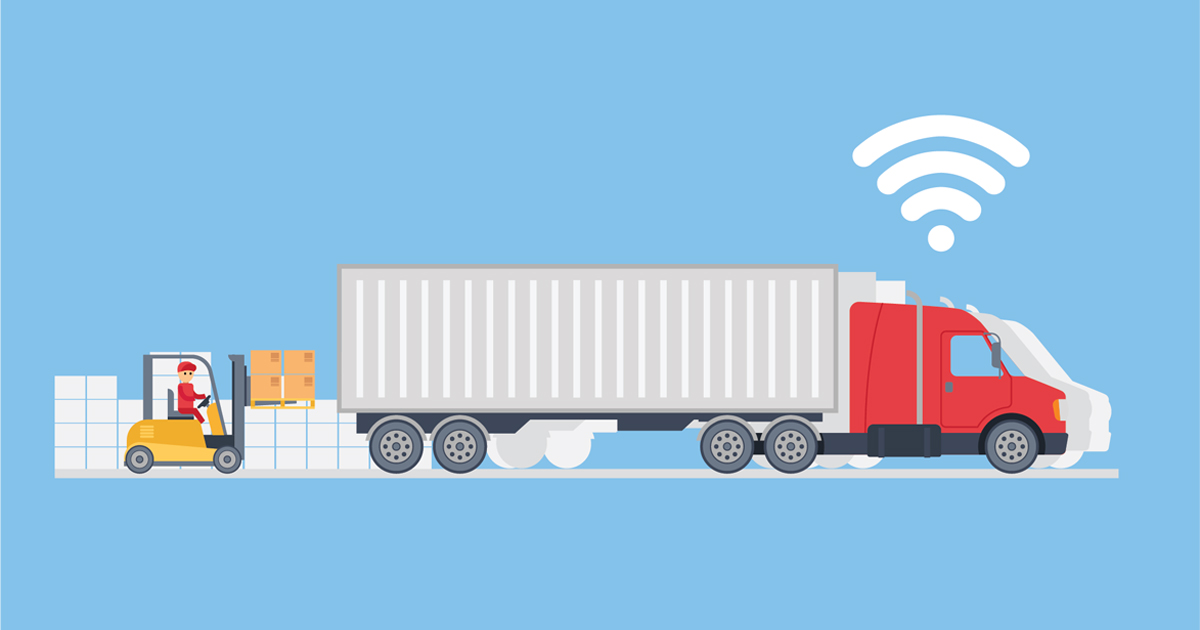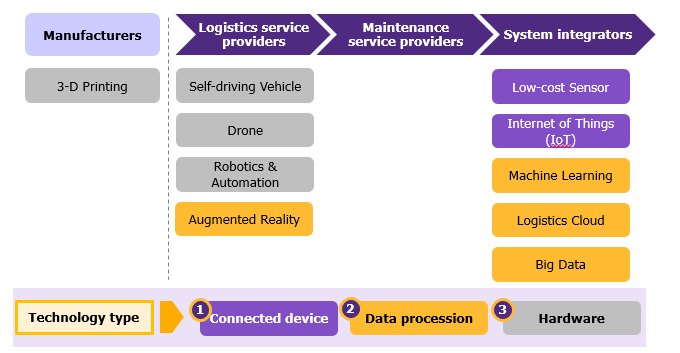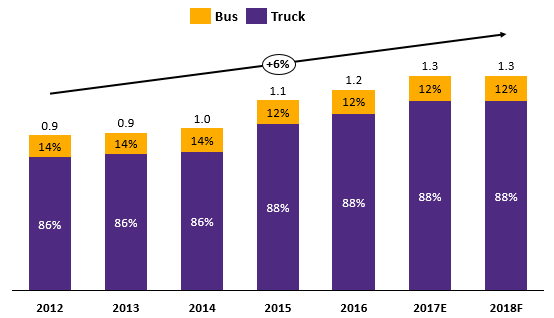Logistics industry to embrace technology revolution
Connected GPS, Logistics Clouds, and Big Data technology are transforming the logistics industry, especially in land transport. These technologies do not only solve long-existing transportation problems involving improving safety and timeliness, but also enhance company competitiveness through the use of data analysis to achieve more efficient planning. Market trends present opportunities for sales and service providers of these related technologies. In particular, the market size of Connected GPS in Thailand is expected to reach 13 billion baht, while the Logistics Cloud market could grow to 5 billion baht. This growth will be driven by demand from logistics companies and public policies seeking to improve transport efficiency. The number of trucks is projected to grow 6% annually, leading to increased demand for technological devices. Thus, this market presents opportunities that should not be missed.
Author: Pann Boonyavanich

|
Highlight
|
The Internet of things, data processors, and automated machines are three key technology types used to enhance land transport services. In the past decade, the telecom industry has undergone rapid technological development, as seen in Internet usage jumping from 17% to 50% between 2011 and 2016. These technologies are being used for direct communication as well as adapted to businesses in other industries. Transport is yet another industry that has embraced these changes to improve its logistics services in terms of safety, efficiency, and transparency of goods transportation.
Considering the value chain of the logistics industry, there are three different types of technology that can be adapted for business improvement: 1) the Internet of Things, such as Low-Cost Sensors and Connected GPS, 2) data-related technology that helps store and process data from business operations such as Logistics Clouds, Big Data analysis, Machine Learning, and Augmented Reality, and 3) automated machines that can improve transport convenience and safety, such as robotics, self-driving vehicles, drones, and 3D printing (Figure 1).
Thai service providers will likely bring in Connected GPS, Logistics Clouds, and Big Data analysis to help improve transport efficiency Three key factors are their utility, level of sophistication, and ease of user adoption. These technologies meet various aspects. Of demand requirements for Thai companies. There is also synergy across the technologies.
In the early stages of adoption, Connected GPS can help services providers to rapidly accumulate logistical data. Connected GPS is an innovation that builds on faster data transfer. The devices allow a company to monitor drivers in real-time. This solves several existing problems, such as drivers straying off designated routes, exceedomg speed limits, or even getting reimbursed for more than actual costs. DHL Thailand, a subsidiary of a global logistics company, finds that using Connected GPS reduces fuel consumption by 40%. The technology is also simple to use, requiring only a signaling device and a display. Therefore, a logistics company and drivers can quickly learn how to use the technology. Aside from the aforementioned benefits, Thailand's Department of Land Transport has recently announced laws that require all trucks and buses to have Connected GPS installed by 2019. This regulatory change is another catalyst for the adoption of this technology.
In a more advanced stage of technology adoption, Logistics Clouds and Big Data technology can use data from Connected GPS applications to optimize the best way to improve logistical efficiency. Data from Connected GPS, such as transport routes, driving speed, traffic flow, and fuel consumption, will be stored in a logistics cloud that has a very low cost of storage compared to traditional servers. The cloud can also transfer data at a faster speed to support Big Data analysis. This type of technology can help improve business planning in the future. For example, it can optimize transport routes, forecast shipment volumes, and find new opportunities for logistics routes. Taken together, these new technologies can improve the competitiveness of logistics services providers. Nonetheless, Big Data analysis technology is highly sophisticated and may require experts familiar with the technology before implementation.
EIC expects the market size for Connected GPS and Logistics Clouds to grow to 13 billion and 5 billion baht in 2018, respectively. Growth in these markets are supported by demand for trucks and buses of over 1.3 million units all over Thailand. This surge in the number of trucks and buses will support growth of the technology market continuing at a pace of 6% annually (Figure 2). In addition, sales and services providers for Connected GPS will benefit from the need to upgrade devices every 3-5 years. Meanwhile, Logistics Cloud services will benefit directly from the increasing number of Connected GPS users.
|
|
|
|
|
Figure 1: Transport technology in the value chain

Source: EIC analysis based on data from DHL
Figure 2: Number of truck and public bus registrations during 2012 - 2018
Unit: Mn. Unit

Source: EIC analysis based on data from the Department of Land Transport